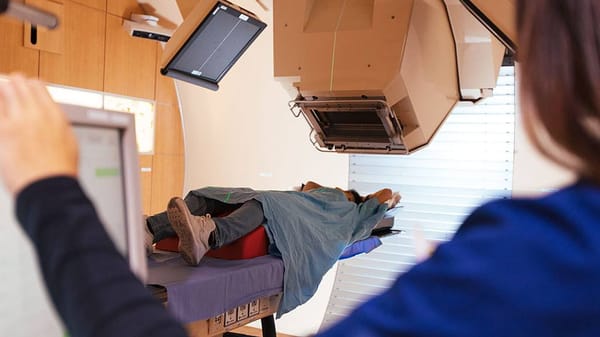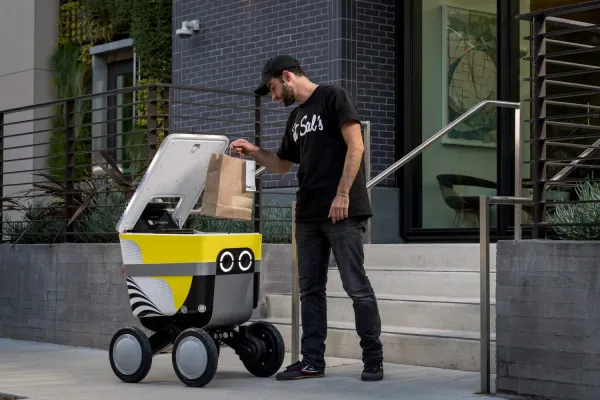Gartner Names Physical AI a Top Strategic Technology Trend for 2026

- Gartner names Physical AI a top 2026 trend, driving efficiency but raising concerns about job disruption.
- Other trends connected to spatial computing include multi-agent systems, domain-specific models, and AI-native development platforms.
Gartner has published its annual Top Strategic Technology Trends report, outlining the technologies expected to drive major business change in 2026. The firm describes these trends as priorities for leaders who want to stay competitive and keep pace with rapid innovation.
“Technology leaders face a pivotal year in 2026, where disruption, innovation, and risk are expanding at unprecedented speed,” said Gene Alvarez, Distinguished VP Analyst at Gartner, in a press release. “The top strategic technology trends identified for 2026 are tightly interwoven and reflect the realities of an AI-powered, hyperconnected world where organizations must drive responsible innovation, operational excellence, and digital trust.”
The list of ten was dominated by different forms of AI, including Physical AI. Gartner defines Physical AI as “bringing intelligence into the real world by powering machines and devices that sense, decide, and act, such as robots, drones, and smart equipment.” The firm believes this technology will make industries more efficient and adaptable. It also warns that it could reshape jobs, so companies will need to help workers build new skills and manage the shift in how people and machines work together.
Beyond Physical AI, several of Gartner’s 2026 trends tie closely to spatial computing.
Multi-agent systems use groups of AI agents that interact and work together toward shared goals. These agents can run entirely in software or across both digital and physical systems. In spatial computing, they help robots, digital twins, autonomous machines, and real-time data work together more smoothly to manage complex spaces.
Domain-specific language models are AI systems built for a particular industry or task. In spatial computing, they can understand the data and context behind environments like factories, cities, or warehouses. By reading inputs from sensors, maps, and digital twins, they help turn spatial data into practical insights and decisions.
AI-native development platforms make it easier to create content that blends the digital and physical worlds. For AR and VR, this means faster production of immersive experiences, from enterprise training to interactive design. These same tools can also power realistic 3D simulations for robotics and automation, helping teams test and refine systems before they’re deployed in the real world.
🌀 Tom’s Take:
The Physical AI space has been heating up throughout 2025, so it makes sense to see Gartner call it out as a trend business leaders should take seriously in 2026. We’re moving into a phase where intelligence isn’t just digital, it’s embodied in the world around us.
Source: Businesswire / Gartner






